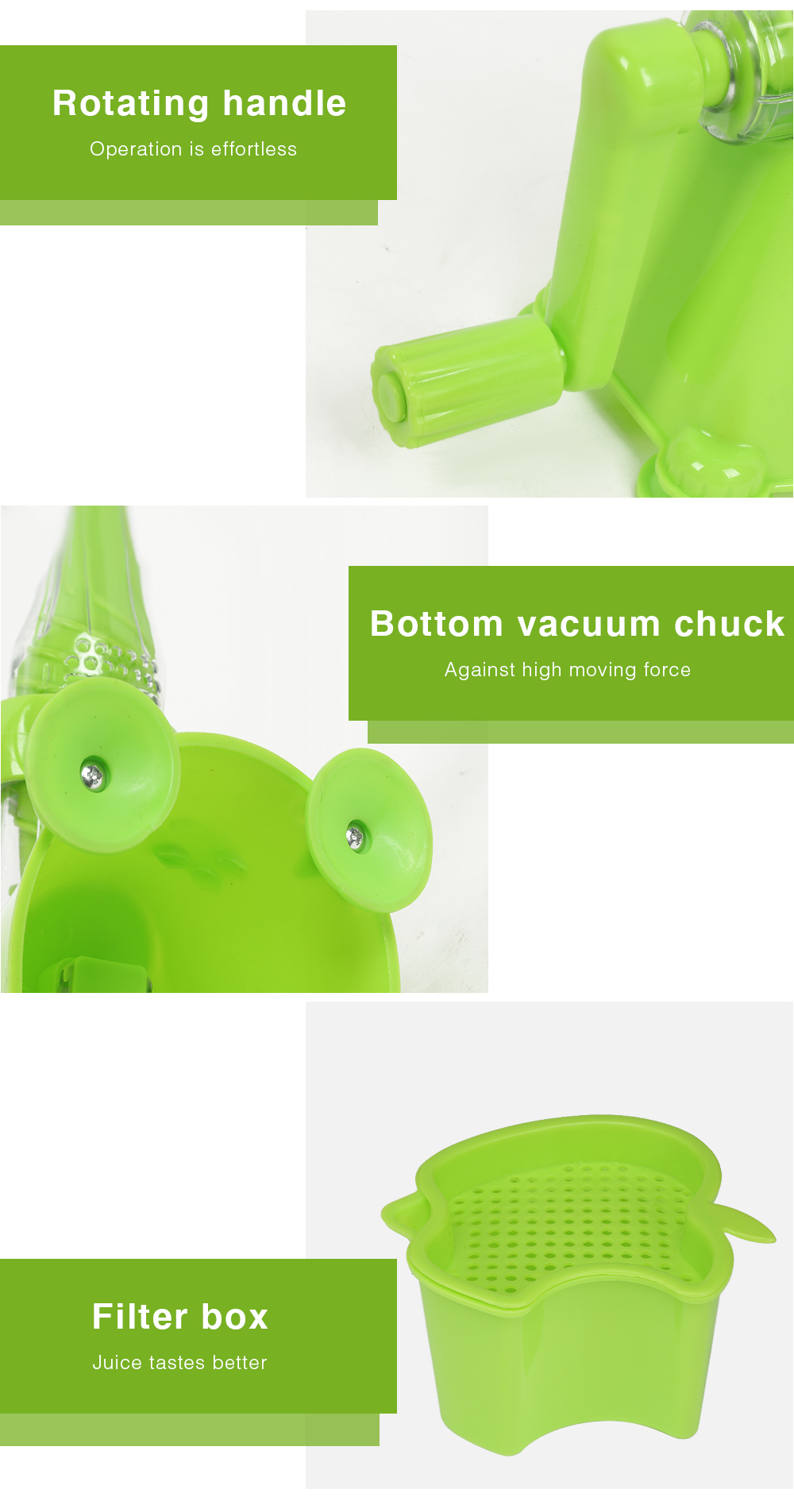

In Europe, 40% of total juice volume consumed is orange juice. In the US, more than 65% of adults consume orange juice. This helps them measure whether they have the right mix of distribution channels, store formats, categories and products. They track overall profitability by analyzing data to understand the overall cost-to-serve. Retailers monitor profitability by analyzing individual products using direct product profitability (DPP). The packaging system is comprised of primary packaging (container for the juice product), secondary packaging (several primary packages bundled together either in a multipack sales unit and/or distribution unit) and tertiary packaging (often pallets or roll containers used for transporting several secondary packages together). Efficiency in distribution is key as retailers build their capabilities to monitor and track products, reduce required stock levels and ensure 24/7 product availability to consumers. Online food shopping is changing the way consumers buy their groceries, putting new demands on packaging performance. Retailers are responding by operating a variety of outlets that sell juice products. The composition of orange nectars and still drinks.ĭistribution channels are increasing in complexity as consumers demand access to products when they want them and where they want them.Some of the major reasons why people drink orange juice.When and where orange juice is consumed.

Who consumes what types of orange juice.How product handling and distribution affect direct product profitability.Primary, secondary and tertiary packaging and distribution units.How packaged orange juice is handled in the distribution chain to point-of-sale.Distribution of orange juice from the juice packer to the retailer.


 0 kommentar(er)
0 kommentar(er)
